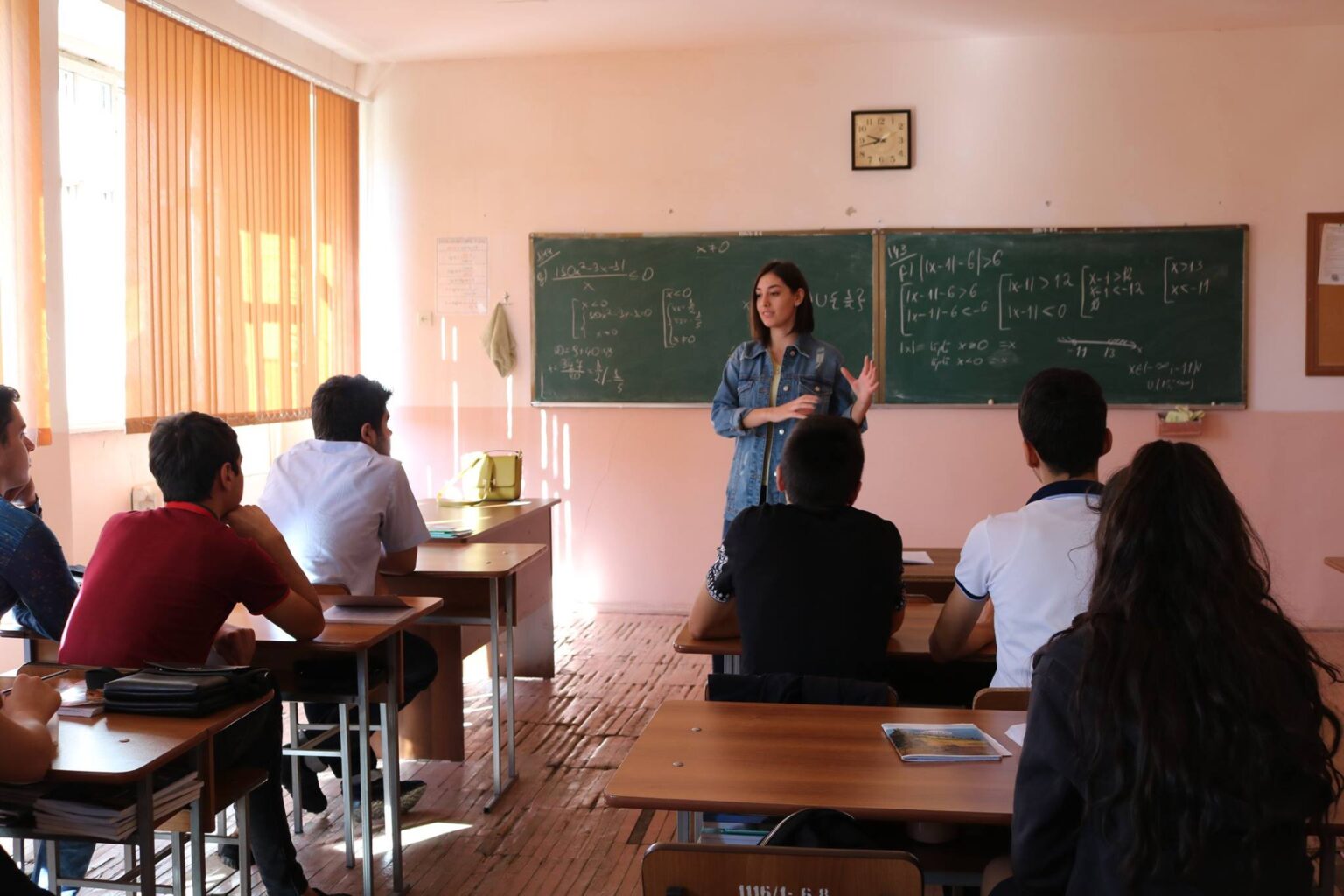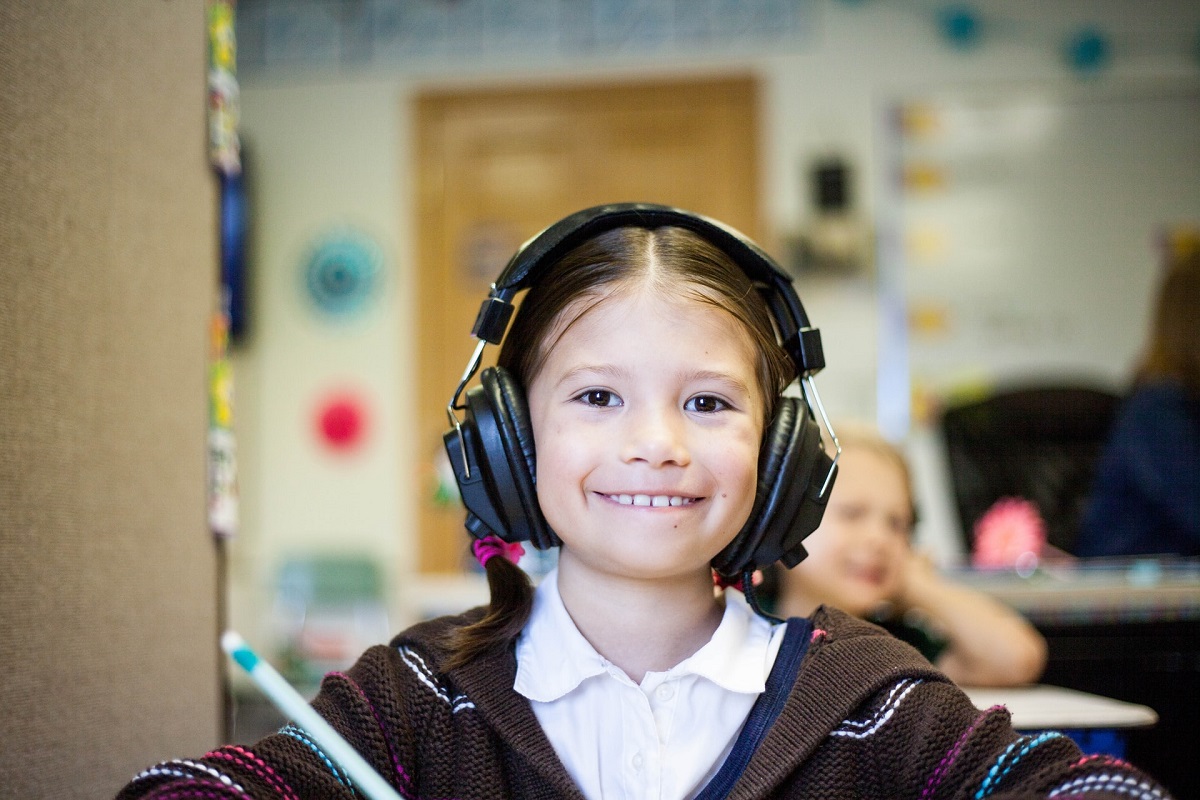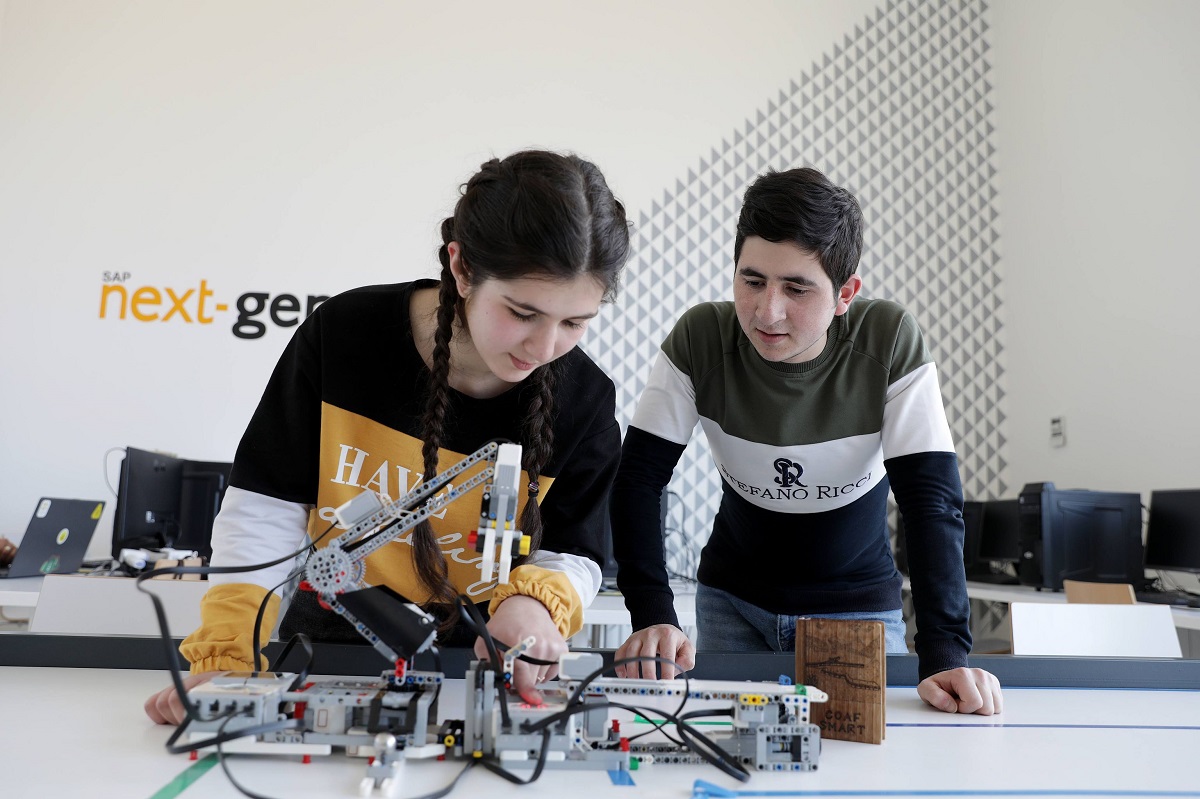“Investments are needed for the 'resuscitation' of education in Armenia” - teachers and experts
Problems in the education system of Armenia
Education in Armenia has been declared in urgent need of attention, investment, and overall improvement. The government says that the future of the country depends on reforms planned in the educational system with a deadline of 2030. A comprehensive study of the entire system was carried out under a grant provided to the government by the Global Partnership for Education Foundation.
What are the problems in the education system of Armenia, and how to overcome them? Teachers discuss, experts analyze the situation based on the results of the study.
- “Every child is talented, but they an education”: the Day of Knowledge in Armenia
- Armenia: education for all and Covid-19 pandemic
- “Independence is like health – it needs to be taken care of every day” – Pashinyan
A group of 40 local organizations was formed to carry out the study. The group also includes Armenia’s development partners, in particular UNICEF.
Five field studies were conducted which examined and evaluated in detail
- preschool education;
- teacher management system;
- school management system;
- class problems;
- the national system as a whole.
By order of the Ministry of Education, an assessment and study of the school infrastructure was carried out.
“Teachers receive a meager salary”
Ani Karapetyan, 33, is a teacher of Armenian language and literature who has returned from leave in September. Although she will have few hours and thus low pay, Ani is happy to return to the classroom.
“Of course, it is difficult with children. This work requires great mental and physical effort, and the responsibility is high. You teach and educate the future citizens of this country, the foundations of all professions are laid down at school. And our teachers do this work for a meager salary. I can imagine how enthusiastic they would be if they made more,” she says.
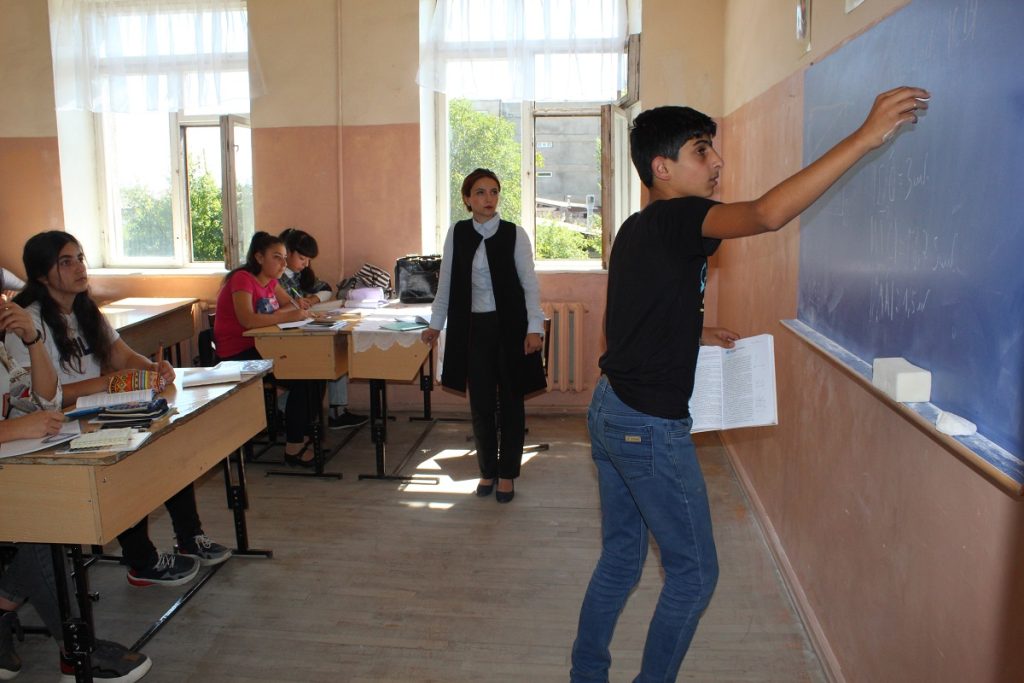
In general education schools, for a full-time course of 22 hours, teachers are paid 108,000 drams [about $267] instead of the previous 80,000 [about $198]. Ani Karapetyan will work part-time and receive 40,000 drams [about $99] after taxes.
“Of course, this is a small amount. Few people work full-time; this is possible in urban schools. There are few students in the villages. They can barely form one class,” Ani explains.
Vigen Taroyan, a chemistry teacher at a secondary school in the village of Geghard, believes that teachers should receive better wages, otherwise they may bring their social problems with them to the classroom.
“You can’t run away from reality. There are teachers who enter the classroom and instead of thinking about the lesson, they think about how they will pay off a loan. There are very few teachers who work full-time. Most have a part-time contract or less. And many agree to work at least part-time in order to enjoy the social package provided by the state.
“Teachers working in public schools receive a social package of 70,000 drams [about $173]. This amount can be used to pay for health insurance, holidays within the country, mortgage payments or, if the teacher has a student child, to pay for their education,” Vigen Taroyan explains, who worked as a school principal for many years.
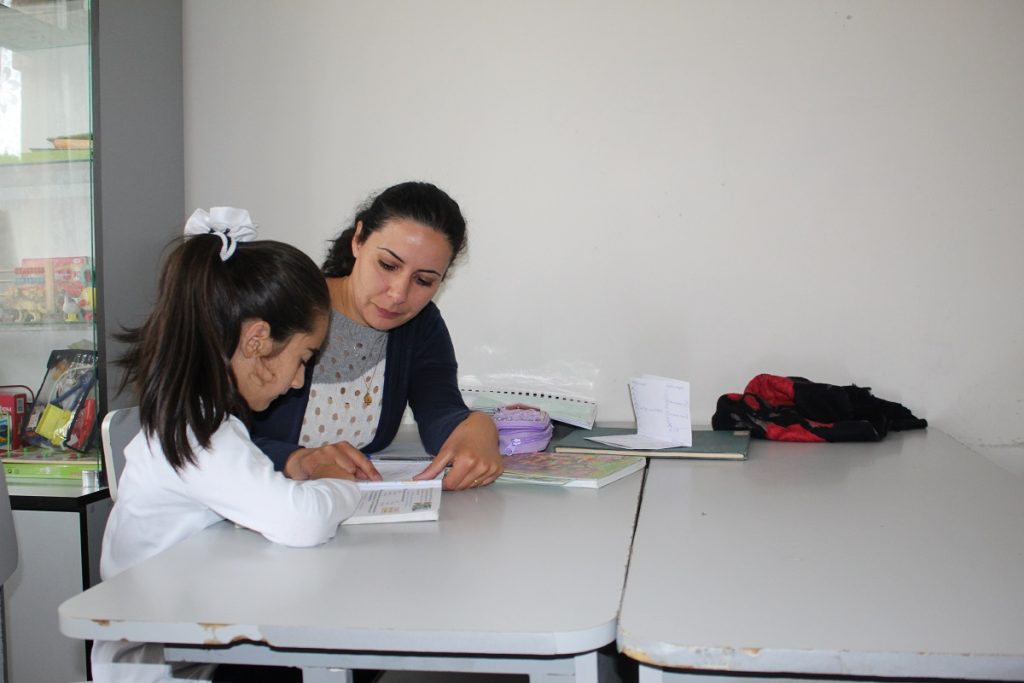
High salary for those who pass voluntary certification
A voluntary attestation system has been in operation for two years now. The purpose of this government initiative is to encourage the professional development of teachers, with the incentive of higher pay.
“The state offers voluntary certification, after which one may receive a salary of 200-300 thousand drams [about $495-742]. Few of my colleagues have gone through it. The exam lasts three hours, which is not enough for eighty questions. You need to answer 70% of the questions correctly. I will take the certification test, but not now,” says Ani.
Meanwhile, the Prime Minister of Armenia announced that teachers who have not done voluntary certification will no longer be able to work at the school. Nikol Pashinyan stressed that the “ridiculous salaries” teachers receive cannot be tolerated, and the government has begun a process that will allow them to be raised up to three times, on one condition – taking voluntary certification.
“It should be an ongoing process and certified teachers should be able to increase their salary by the same amount every five years. That is, teachers who have passed voluntary certification every five years can again do certification and again receive a bonus. Because there is inflation. Teachers should also be able to raise their salaries,” the prime minister said.
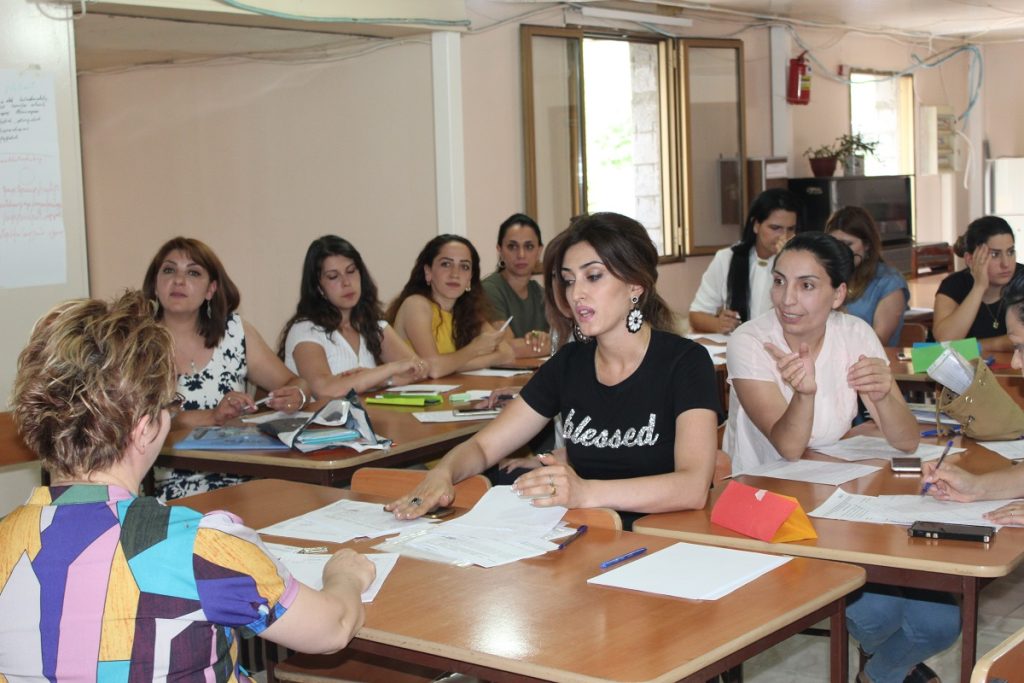
“Education is considered important, but funding is not raised”
The state attaches great importance to education, but despite this, only about 2.8% of GDP is allocated to this area, says economist Sevak Hovhannisyan. This is a low figure, and it has declined especially over the past ten years.
“We notice that spending on education is growing in absolute terms, but in relation to GDP funding has gradually decreased. In addition, it is very important to understand the level of our expenses in comparison with other countries. For example, in Georgia this figure is 3.8%, in Moldova 6.1%, in the Baltic States 4.5%.
“We also compared government revenues, which have grown in recent years, but education spending has not, lagged behind the growth of our government revenues. These expenses show how much we really value education,” Hovhannisyan explains.
Hovhannisyan says the results of the study will be sent to the Ministry of Education and those involved in the education development strategy.
“We not only analyzed the situation, but also made certain forecasts. It is important for strategists to keep abreast of development trends so that their decisions are accurate, reasoned and targeted.”
He says that in 2025 it is planned to increase spending on education to 252 billion drams, but the spending rate remains at 2.8% of GDP.
“We tried to estimate the cost per inhabitant. In this case, too, spending on education per capita is about 50% lower than in Georgia and Moldova. The problem is that education is underfunded. Teachers’ salaries make up the majority of the sector’s funding, but if we compare again with other countries, our teachers’ salaries are still very low.
“The average salary of teachers is 58% of GDP per capita. For comparison, this figure is 182% in Slovenia, 197% in Poland, and 361% in Turkey.”
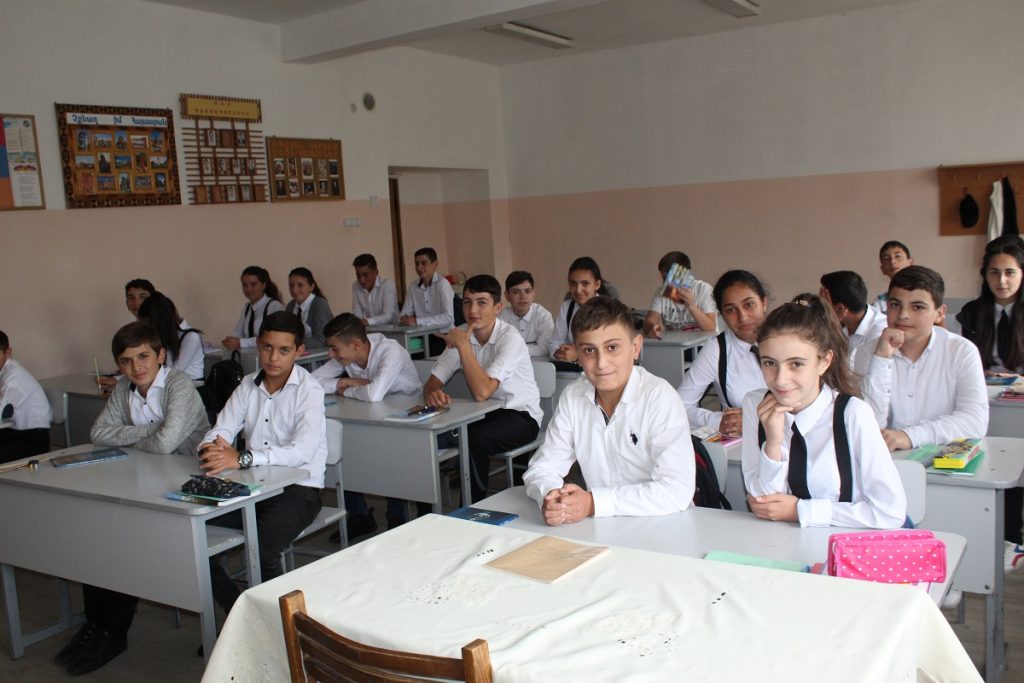
“Making money has become more important”
According to the study, 34% of children attending school live in poverty; almost 10% of poor and extremely poor children do not go to school for various reasons.
Ani Karapetyan works at a secondary school in the village of Amberd. She says that absences become more frequent in senior classes, especially during the period of active agricultural work.
“There are many poor families in the village. These children not only stay at home and help their parents, but also go to work. They are absent for more than a month, drop out of the educational process. They earn six thousand drams [about $14] a day during the grape harvest, and help their families in this way.
“This is how education loses its value for both the child and the parent: earning money becomes more important. Due to lack of money at home, these children receive less knowledge. If a student misses 180 hours in a semester, they are expelled from school or re-examined. Every day class teachers call their parents, but that doesn’t change anything – money is more important.”
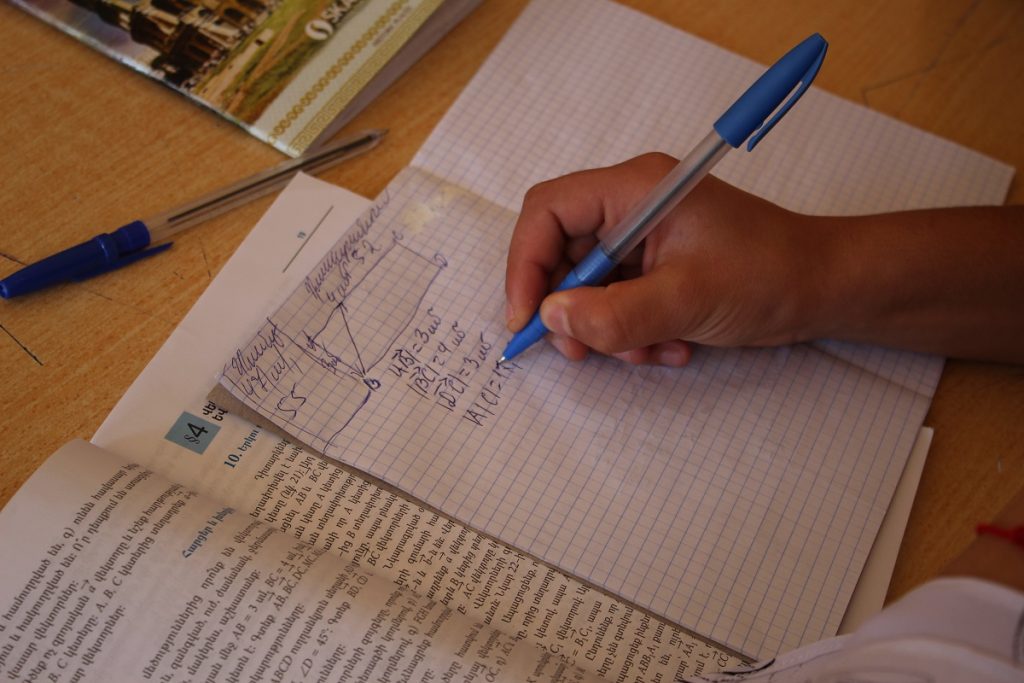
“Kindergartens overcrowded”
The difficult situation in Armenia begins with pre-school. Overcrowded kindergartens cannot accommodate all children. Ani Karapetyan says that she has been waiting in line for almost a year to place her own child:
“We have been in line since January, and in August I was told that our turn would come next August. Since my husband and I both work, we were promoted in line. Otherwise I would have lost my job.”
“There is a joke about line in kindergartens that by the time the line comes, the child is already going to school. We do not have enough kindergartens; they were once privatized, and now these premises serve other purposes,” says independent expert Lianna Hovhannisyan, who participated in the study of preschool institutions.
Only 42% of children aged three to five attend kindergartens, economist Sevak Hovhannisyan adds.
“For the sake of fairness, it must be said that compared to 2010 this figure has grown. In 2010, 28.5% of children attended kindergartens. We also see active investments in the construction of kindergartens in municipal budgets. In rural areas, fewer children are sent to kindergartens, since women mostly do not work and take care of their upbringing themselves.”
As part of the reforms to solve these problems in the education system of Armenia, it is planned to increase the number of kindergartens in rural areas. Thus, the government intends to give mothers the opportunity to step out of the role of housewife and join in public life.

Problems in the education system of Armenia











